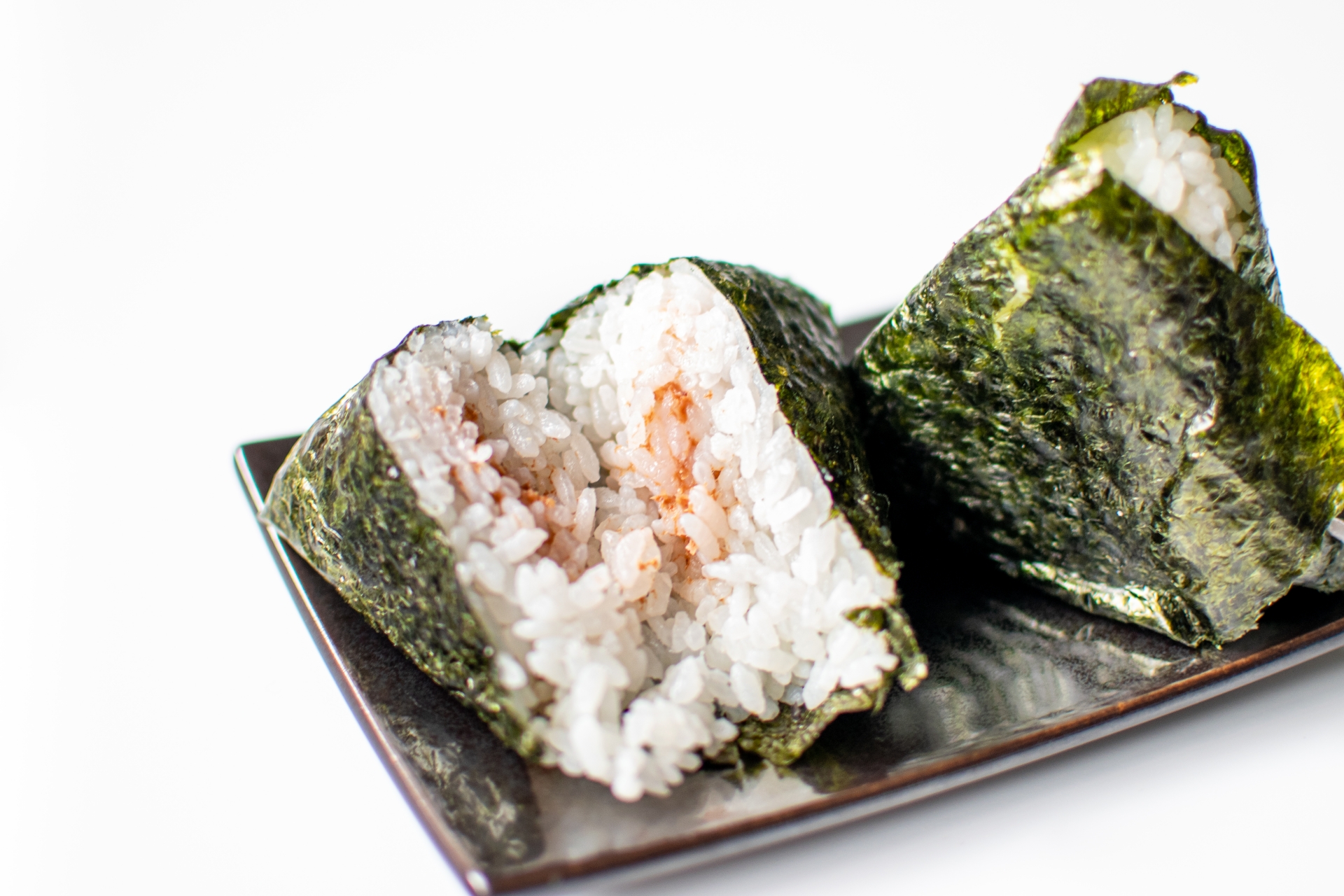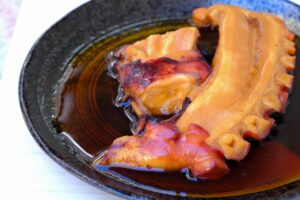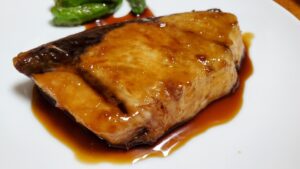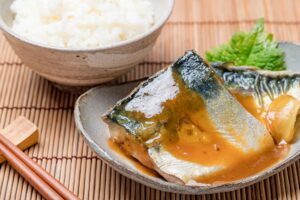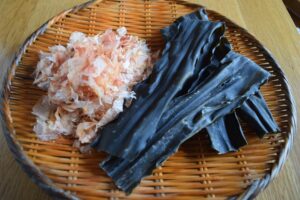Onigiri, or Japanese rice balls, have become beloved worldwide for their simplicity, versatility, and portability. These compact rice balls can be customized with a range of fillings, making them perfect for a quick snack, a packed bento lunch, or even a full meal. Whether you’re looking for traditional Japanese flavors, plant-based alternatives, or modern fusion creations, choosing the right filling is key to creating the perfect onigiri. In this article, we’ll explore some of the best traditional fillings, vegan options, and creative variations that you can try at home, along with tips on storage and preparation.
Traditional Onigiri Fillings
Traditional onigiri fillings are deeply rooted in Japanese culinary culture, offering flavors that balance the subtlety of rice with bold umami notes. Some popular classic fillings include:
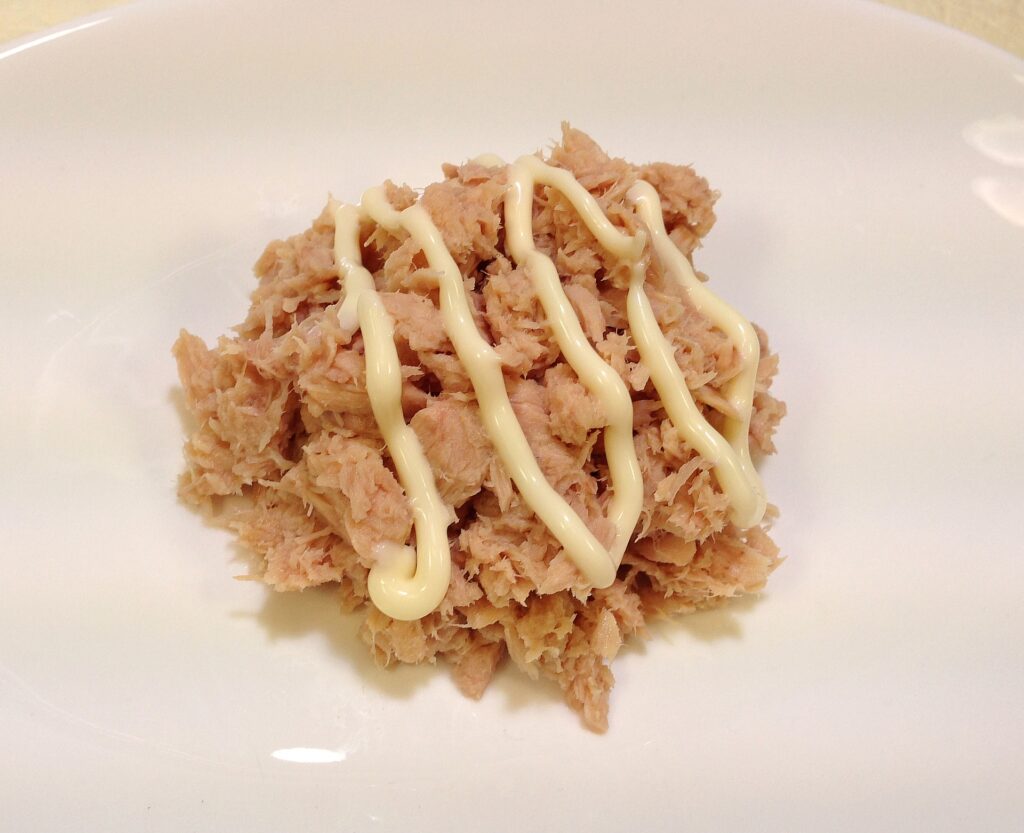
- Tuna Mayo (ツナマヨ): A crowd favorite, tuna mixed with Japanese mayonnaise offers a rich, creamy flavor that pairs perfectly with the slightly salty rice. This filling is not only delicious but also easy to prepare, making it a go-to for busy home cooks.
- Umeboshi (梅干し): Pickled plum, or umeboshi, is one of the most traditional onigiri fillings. Its sour and salty flavor is a natural preservative, making it ideal for longer storage. This filling provides a sharp contrast to the mild flavor of rice, creating a balanced and refreshing taste.
- Grilled Salmon (焼き鮭): Flaked grilled salmon is another well-loved filling. The smoky, savory taste of the salmon complements the rice, and it’s a filling that’s often found in Japanese bento boxes. This simple but satisfying choice highlights the natural flavors of the fish.
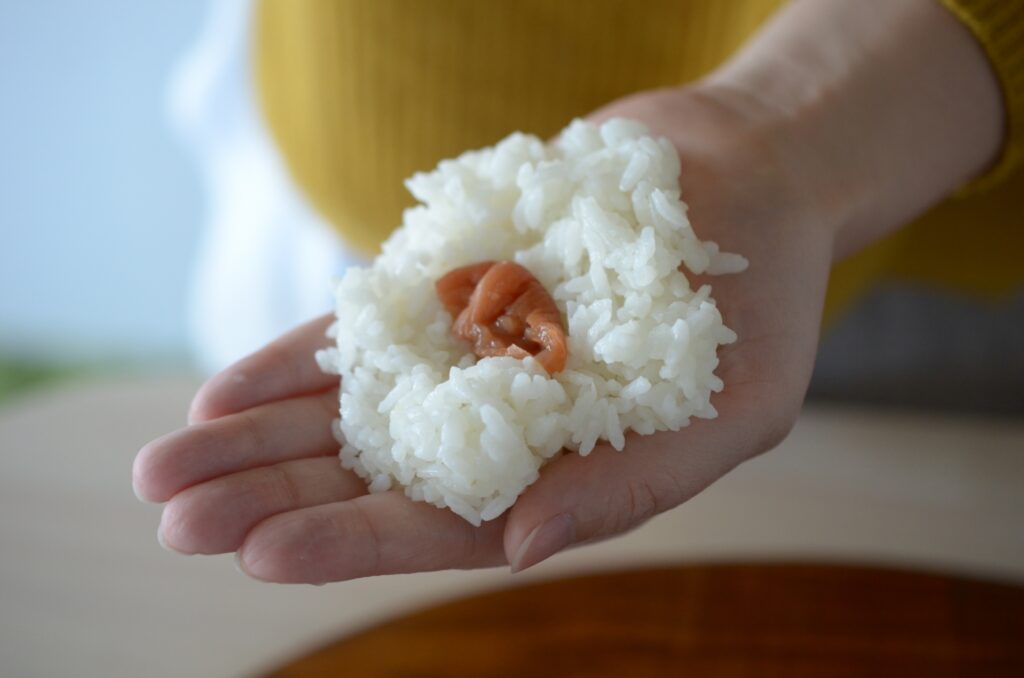
These traditional fillings not only provide a taste of authentic Japanese cuisine but also offer cultural insight into the role of onigiri as a convenient, portable food in Japanese society.
Vegetarian and Vegan Onigiri Fillings
For those who follow a plant-based diet, there are plenty of delicious vegetarian and vegan onigiri filling options that don’t compromise on flavor. Here are some popular choices:

- Kombu (昆布): Kombu, or seaweed, is often simmered in soy sauce and mirin to create a sweet and savory filling. It’s packed with umami and pairs beautifully with rice, making it a classic vegan onigiri filling.
- Miso Walnut (味噌くるみ): A unique combination of earthy walnuts and salty-sweet miso paste, this filling offers a satisfying crunch with a deep, nutty flavor. It’s a perfect choice for those seeking a protein-packed, plant-based onigiri.
- Pickled Mustard Greens (高菜漬け): Takanazuke, or pickled mustard greens, add a tangy, slightly spicy flavor to your onigiri. This filling is popular in Japan for its zesty kick and health benefits, making it a great vegan option.
These vegetarian and vegan fillings are easy to prepare and provide a healthy, flavorful alternative to meat-based fillings, ensuring everyone can enjoy the versatility of onigiri.
Creative Fusion Fillings
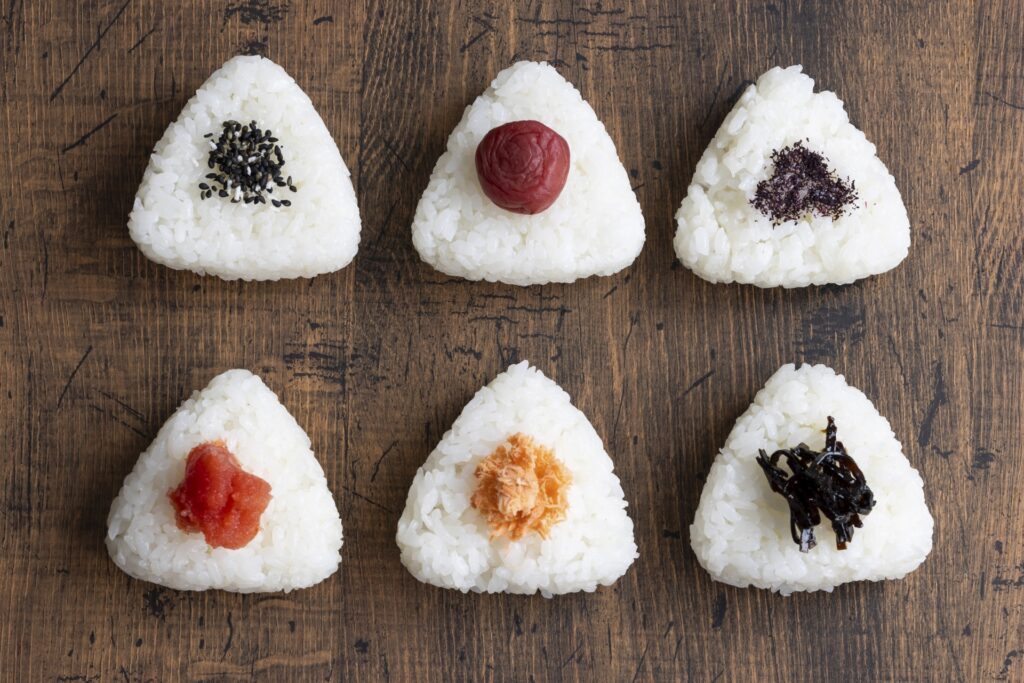
For those looking to add a twist to their onigiri, fusion fillings bring new flavors and textures that reflect modern, global influences. Here are some creative ideas:
- Avocado and Lime: Combining creamy avocado with a hint of lime creates a fresh and vibrant filling that’s both nutritious and delicious. For extra flavor, you can add a pinch of salt or a dash of soy sauce.
- Charred Corn and Miso Butter: A fusion of Japanese miso and grilled corn, this filling adds a smoky, sweet flavor to your onigiri. The umami-rich miso butter elevates the overall taste, making this an irresistible option for onigiri lovers who enjoy bold flavors.
- Peanut Butter and Roasted Bell Peppers: An unconventional but tasty combination, peanut butter adds richness, while roasted bell peppers provide a smoky sweetness. This filling adds a unique texture and depth to your onigiri, offering a fun twist on traditional rice ball flavors.
These creative fusion fillings bring a modern touch to onigiri, allowing you to experiment with different ingredients while maintaining the integrity of the rice ball’s structure.
How to Store and Serve Onigiri
One of the key benefits of onigiri is its convenience, but keeping your rice balls fresh requires proper storage. Here are some tips to ensure your onigiri stays tasty:
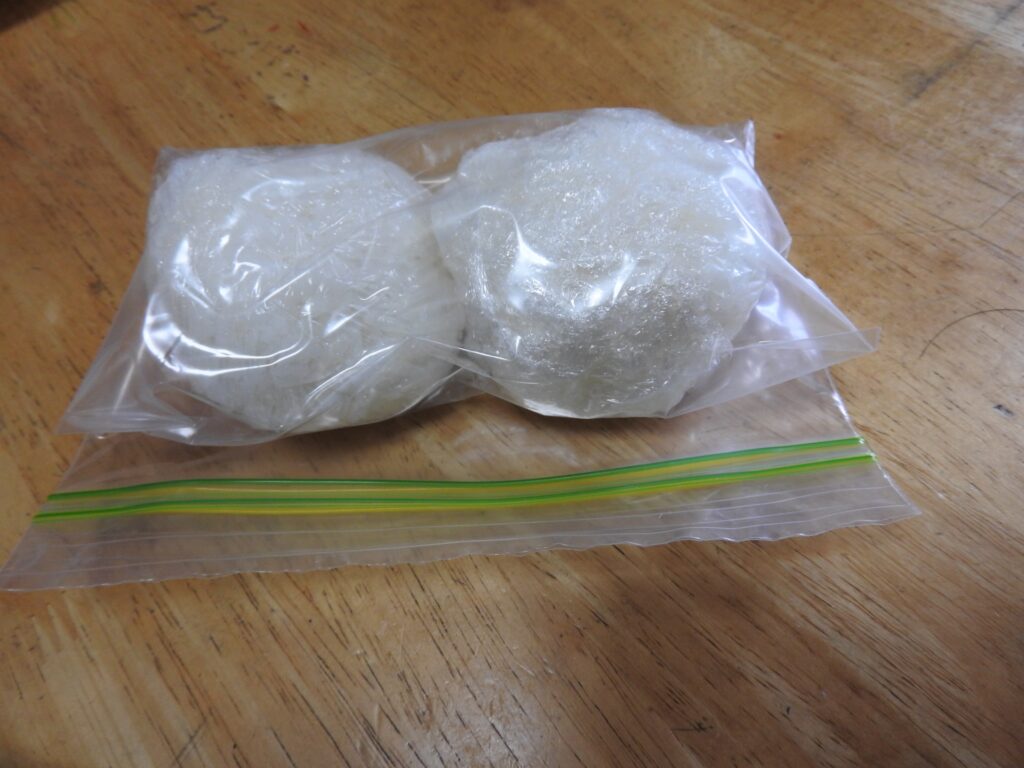
- At Room Temperature: Onigiri can be kept at room temperature for a few hours, making them ideal for bento boxes or picnics. To keep the seaweed crisp, store it separately and wrap it around the rice just before eating.
- In the Refrigerator: Onigiri can be refrigerated for up to two days, but be aware that the rice may harden. To prevent this, wrap each rice ball in plastic wrap and reheat in the microwave to soften the rice before serving.
- Freezing Onigiri: For longer storage, onigiri can be frozen. Wrap each rice ball in plastic wrap and place it in an airtight container. When ready to eat, defrost and reheat in the microwave. Fillings like grilled salmon and pickled plums freeze particularly well, but avoid freezing fresh ingredients like avocado.
Proper storage techniques will ensure that your onigiri remains fresh and enjoyable, whether you’re meal prepping or taking it on the go.

